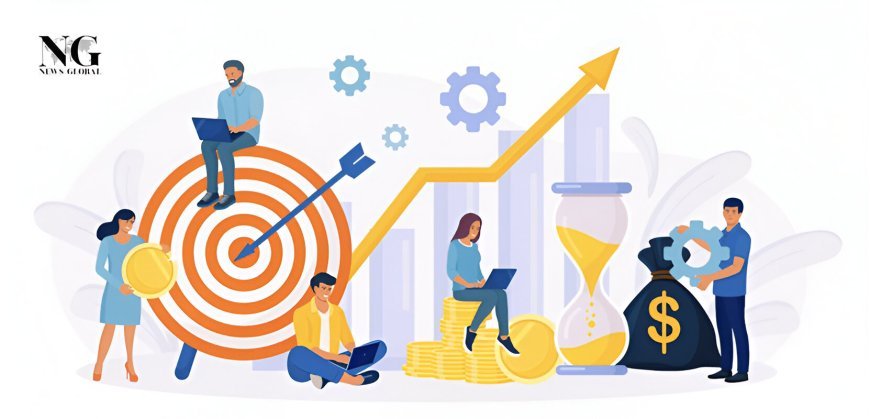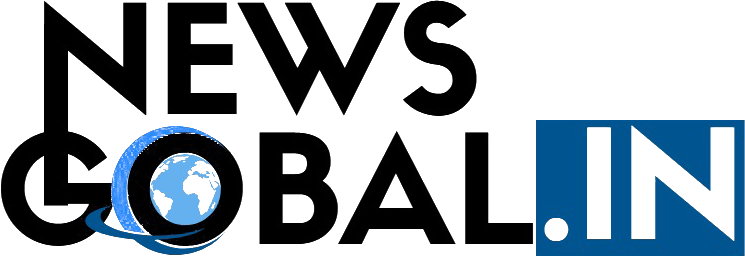Practical Microshift Templates to Improve Productivity and Wellbeing
The 9-to-5 is dying, but could hidden burnout, “quiet cracking,” be silently draining your team despite high output?

The 9-to-5 is fading as work shifts toward flexible “microshifts,” asynchronous collaboration, and results-over-hours cultures, but leaders must confront “quiet cracking,” the silent burnout eroding engagement beneath the surface.
Short Focused Work Blocks Replace the 9-to-5
Work is reorganizing around short, intentional bursts aligned to personal energy peaks, microshifts, rather than a continuous eight-hour block, enabling deep focus in windows that fit family life, commutes, and creative rhythms without reducing total output. Asynchronous tools and norms are rising to coordinate this flexibility, moving teams from presence and meetings to documented decisions and clarity on priorities and deliverables.
Breaking Tasks into Short, Effective Sprints
Microshifting splits complex tasks into shorter sprints, such as early creative sessions, mid-day errands, and evening wraps, so attention maps to energy, not the clock. This responds to meeting overload and digital distraction patterns reported since 2020. The headline isn’t fewer hours but better-timed hours that trade uninterrupted blocks for cadence, with leaders measuring outputs, not attendance.
Rise of quiet cracking
“Quiet cracking” describes a slow, invisible unraveling of engagement where people still deliver but lose spark, purpose, and connection, making it harder to detect than quiet quitting and more corrosive over time.

Surveys in 2025 report over half of employees experiencing some form of quiet cracking, with a sizeable share feeling it frequently, underscoring a broad culture-and-systems issue rather than isolated cases.
Causes Behind the “Always On” Trap
Hybrid creep, constant notifications, and AI-accelerated pace create an “always on” trap that extends hours and blurs boundaries, which can mask distress behind functional performance metrics. The shift to flexible timing without intentional guardrails often replaces commute time with more work, pushing stress upward even as office days decrease or scatter.
End of hours-first thinking
The future workday emphasizes results achieved and attention quality over time-in-seat, with schedules adapting around energy surges, caregiving, and creative impulses, while leaders build trust through clear frameworks. High-performing organizations will normalize asynchronous rituals such as brief specs, decision logs, and status updates that keep teams aligned without surveillance or meeting sprawl.
Signs Leaders Should Watch for Silent Burnout
- Sustained output with dwindling curiosity or initiative, were “functional” masks fatigue and detachment.
- Rising multitasking and meeting inflation indicating scattered attention and shallow collaboration loops.
- Increased absenteeism, slower creativity, and reduced capacity that appear gradually rather than as acute breakdowns.
Playbook to prevent quiet cracking
Codify team rhythms: publish core collaboration windows, async response norms, and decision timelines that protect deep work. Replace meeting creep: move routine updates to written briefs and reserve live time for decisions and creative synthesis.

Train for self-management: teach timeboxing, energy audits, and documentation habits so autonomy doesn’t morph into overwork.
Key Manager Practices to Prevent Silent Burnout
Managers should pivot from monitoring activity to mentoring outcomes, using lightweight artifacts such as goals, milestones, and definitions of done to enable autonomy with clarity. Honest 1:1s that surface workload, focus time, and recovery practices help catch cracks early before performance dips or attrition spikes.
Practical Microshift Templates
- Focus-first mornings: 90 minutes of deep work, short standup async, admin after lunch, creative review late afternoon.
- Caregiver cadence: early email triage, mid-morning focus block, afternoon school run, evening 60-minute completion sprint.
- Maker schedule: late-morning 2-hour build, async collaboration window mid-afternoon, late-day reflection notes for next steps.
Key Metrics to Track Team Focus and Productivity
Track cycle time, throughput, and quality signals like defects or rework alongside sentiment pulse checks to detect cracking before it becomes churn. Replace attendance dashboards with visibility into blockers, decision latency, and interruption rates to optimize attention, not occupancy.
Conclusion
Work will feel less like a static shift and more like a rhythm, adaptable, intentional, and centered on attention capital, provided leaders pair flexibility with humane guardrails. The decisive question isn’t where people work, but when they stop, since unchecked flexibility can breed perpetual availability unless teams harden shutdown rituals.
FAQs
What are microshifts?
Microshifts are short, focused work intervals aligned with personal energy peaks. Instead of a continuous eight-hour block, tasks are split into manageable sprints that match energy levels, improving focus, productivity, and work-life balance.
How do microshifts differ from traditional work hours?
Unlike traditional 9-to-5 schedules, microshifts prioritize output and attention quality over time spent in a seat. Employees work in bursts that fit their natural energy cycles, caregiving responsibilities, and creative peaks.
What is “quiet cracking”?
Quiet cracking is a subtle form of burnout where employees continue delivering results but gradually lose curiosity, purpose, and engagement. It’s less visible than quiet quitting but more damaging over time.
Why is quiet cracking happening?
It is driven by hybrid work pressures, constant notifications, AI-accelerated work pace, and flexible schedules without clear boundaries. Even with fewer office days, employees can experience stress when flexibility leads to longer or unstructured hours.
How can leaders detect quiet cracking?
Signs include sustained output paired with reduced initiative, rising multitasking, meeting overload, slower creativity, increased absenteeism, and decreased collaboration quality. Monitoring engagement, not just performance, is key.
Also Read : This Study Will Change How You Think About Working from Home Forever

 Admin
Admin